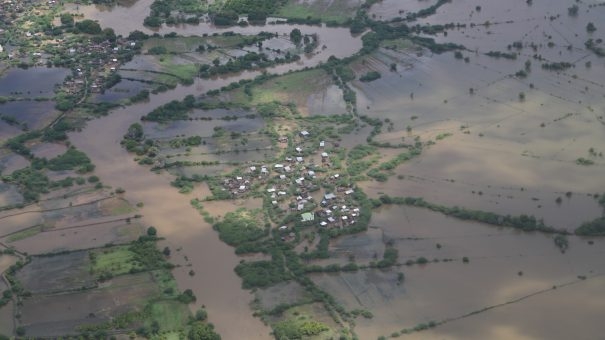Flooding expected to continue across East Africa throughout 2018

The Famine Early Warning Systems Network (FEWS NET) has warned that East Africa is likely to experience further flooding throughout 2018.
This year, the region experienced a way above average rainy season from March to May which caused substantial flooding across the horn of Africa. This was followed by further heavy rain throughout June, which is expected to last until September.
It is also expected that the short rain season, between October and December, will bring above average rainfall and is likely to cause a second season of flooding in the region. Although heavy rain has improved crop and livestock conditions in some cases, it has also caused large scale displacement and crop loss in other areas.
The March-May rainy season was the wettest on record in many areas of East Africa and many in low land and riverine areas experienced food insecurity due to their crops being lost.
In May this year 750,000 Somalians were affected by flooding, and 229,000 were displaced.
It is expected that in East Africa through September to December those in riverine and low land areas will require assistance. It is thought around one million people will be affected by flooding throughout the rest of 2018.
FEWS NET warn that heavy rain has particularly affected Sudan, Ethiopia and South Sudan, more than 50 millimetres per week is likely to fall in many of these areas throughout August, creating a moderate to very high risk of flooding.
The food security impacts of the flooding and heavy rain is expected to be mixed. For example, in Sudan, South Sudan and Ethiopia heavy rain is predicted to create above-average pasture and water availability, boosting livestock productivity. The rain is also likely to bring above-average fishing harvests.
However, in some other areas of Sudan and South Sudan heavy remains will worsen an insecure situation. In Sudan many farmers have planted lower than normal levels of crops due to fuel shortages. Similarly, in South Sudan the heavy rains could worsen crop losses for those already experiencing below average harvests due to conflict.
The IRI/CPC forecasts further above average rainfall between October and December which is likely to cause flooding across Somalia, Kenya and Ethiopia. This is expected to lead to widespread displacement and infrastructure damage, therefore impacting food security.
The AIDF Africa Summit will return to Nairobi in February 2019.
If you’d like to stay informed on the latest updates in aid and development, please sign up for the AIDF newsletter.
Image credit: Islamic Relief















